-
Mail Us On
info@eternaautomation.com
-
Make a Call
+91 9150 55 65 75
- View On Map
-
Mail Us On
info@eternaautomation.com
-
Make a Call
+91 9150 55 65 75
- Contact us
LED Video Wall
- Home
- LED Video Wall
CCtv Survillence
LED Video Wall
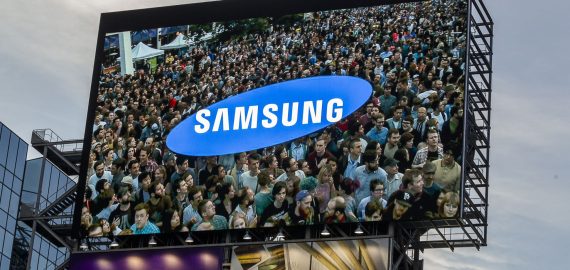
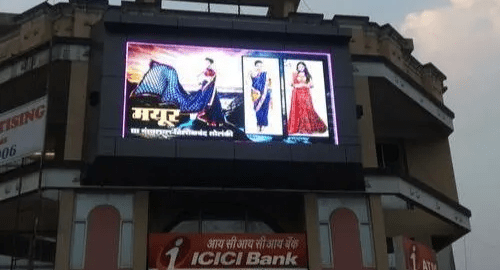
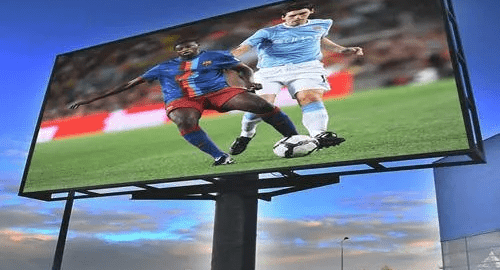


- An LED video wall is a large-scale display technology composed of multiple LED panels that seamlessly work together to display high-resolution content. This advanced display solution is commonly used in various environments, such as control rooms, conference halls, shopping malls, sports arenas, and outdoor advertising, providing dynamic and engaging visual experiences.
- LED video walls are a powerful and versatile display technology that offers high brightness, seamless visuals, and dynamic content capabilities. Their applications span various industries, from advertising and entertainment to corporate and educational environments. With continued advancements in LED technology, video walls are becoming more efficient, flexible, and impactful, making them an essential tool for modern communication and visual engagement.
Components of LED Video Walls
- LED Panels: LED panels are the primary building blocks of an LED video wall. These panels contain arrays of light-emitting diodes that produce bright and vibrant images. Panels vary in size, resolution, and pixel pitch (distance between pixels), allowing for customizable configurations to meet specific display needs. Higher pixel pitch means more detailed images but requires a larger viewing distance.
- LED Modules: Each LED panel is made up of smaller units called LED modules. These modules contain multiple LEDs arranged in a grid pattern. The arrangement and quality of these modules determine the overall resolution and image clarity of the video wall.
- Controller: The controller acts as the brain of the LED video wall system. It processes input signals from various sources like computers, cameras, and media players, ensuring the content is displayed correctly across all panels. Advanced controllers offer features such as content scaling, image enhancement, and synchronization for seamless playback.
- Mounting System: A robust mounting system is essential for securely holding the LED panels in place. These systems are designed for easy installation, maintenance, and alignment, ensuring a gapless and smooth display.
- Power Supply: Power supply units deliver the necessary electrical power to the LED panels. They are designed to handle high power loads while maintaining energy efficiency and reliability.
- Cooling System: To prevent overheating and ensure optimal performance, LED video walls are equipped with cooling systems. These may include fans, heat sinks, and other mechanisms to dissipate heat generated by the LEDs.
- Signal Distribution: Signal distribution hardware ensures that video signals are evenly and accurately distributed to all LED panels. This includes cables, splitters, and extenders that maintain signal integrity over long distances.
Types of LED Video Walls
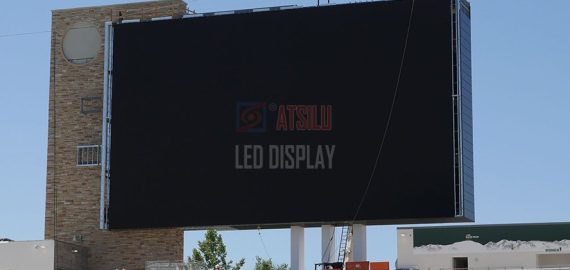

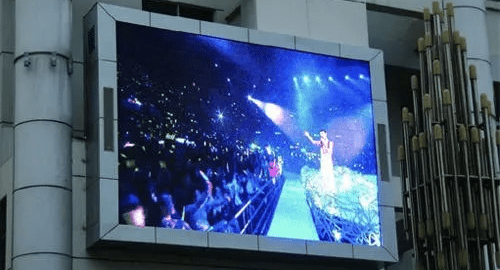
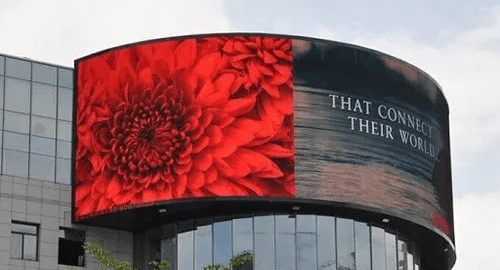
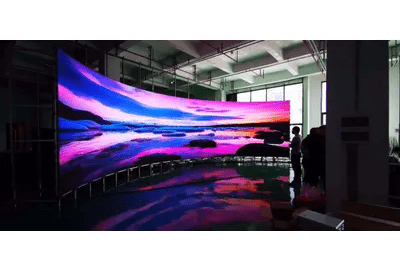
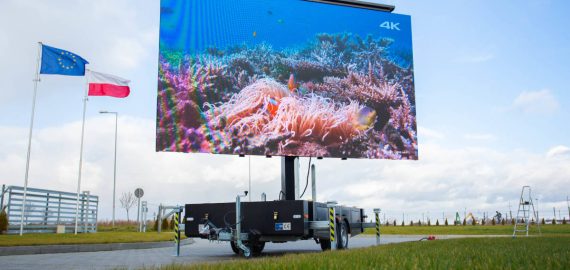


- Indoor LED Video Walls: Indoor LED video walls are designed for use in controlled environments like conference rooms, retail stores, and entertainment venues. They offer high resolution and brightness levels suitable for indoor settings. These video walls are typically lighter and more compact than their outdoor counterparts.
- Outdoor LED Video Walls: Outdoor LED video walls are built to withstand harsh weather conditions, including rain, wind, and direct sunlight. They feature higher brightness levels to ensure visibility in bright outdoor environments. Applications include stadiums, billboards, and public event displays.
- Fixed LED Video Walls: Fixed LED video walls are permanently installed in a specific location. They are used in settings where a continuous display is required, such as control rooms, corporate lobbies, and public spaces.
- Mobile LED Video Walls: Mobile LED video walls are designed for temporary installations and events. They are often mounted on trailers or portable structures, allowing for quick assembly and disassembly. These are ideal for concerts, trade shows, and sports events.
- Curved LED Video Walls: Curved LED video walls provide an immersive viewing experience. They are used in creative installations and environments where a wide field of view is desired, such as theaters and immersive experience centers.
Advantages of LED Video Walls
- High Brightness and Visibility:
- Exceptional brightness suitable for both indoor and outdoor environments.
- Clear and vibrant images even in brightly lit areas or direct sunlight.
- Seamless Display:
- Virtually no bezels, creating a seamless and uninterrupted display surface.
- Allows for large-scale, high-resolution visuals without visible gaps.
- Durability and Longevity:
- Long lifespan and durability.
- Built to withstand continuous use with minimal maintenance.
- Versatility:
- Configurable in various shapes and sizes to fit different spaces and requirements.
- Suitable for applications ranging from advertising and entertainment to information display and command centers.
- Energy Efficiency:
- Consumes less power compared to traditional display technologies.
- Reduces operating costs and environmental impact.
- Dynamic Content:
- Supports dynamic and interactive content, including videos, animations, and real-time data.
- Ideal for engaging audiences and delivering impactful messages.
Applications of LED Video Walls:
- Advertising and Digital Signage:
- Creates eye-catching and dynamic digital signage in shopping malls, airports, and urban centers.
- Displays promotional content and advertisements.
- Control Rooms:
- Provides critical real-time data and monitoring capabilities.
- Used in industries such as security, transportation, and utilities for efficient operations and decision-making.
- Entertainment and Events:
- Enhances concerts, sports events, and public gatherings with immersive experiences.
- Displays live feeds, replays, and event information.
- Corporate Environments:
- Used for presentations, video conferencing, and corporate communications.
- Creates a professional and engaging environment for meetings and events.
- Education:
- Display information, announcements, and educational content in lecture halls, auditoriums, and common areas.
- Retail:
- Creates immersive shopping experiences, displays product information, and promotes sales and events.
